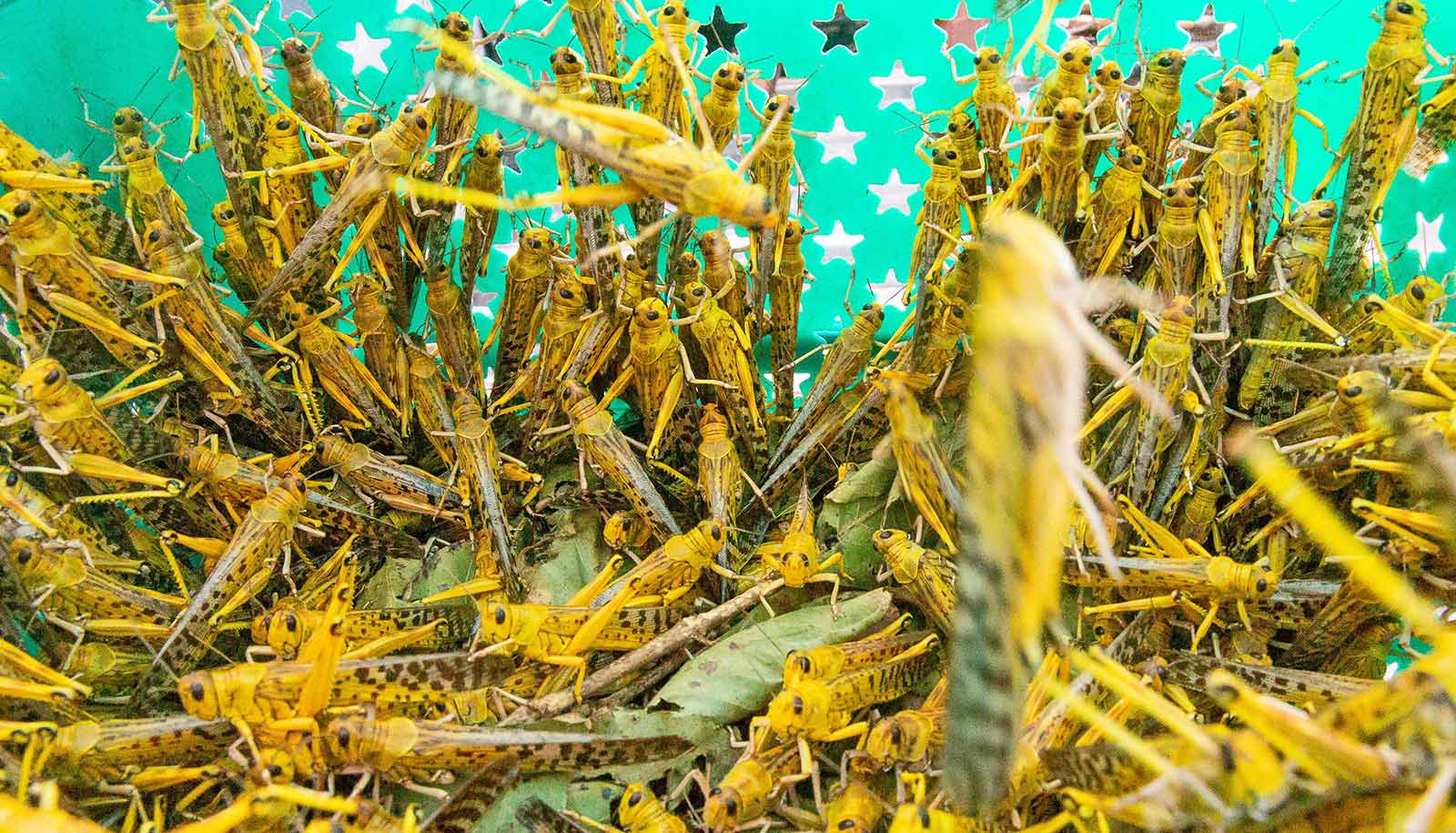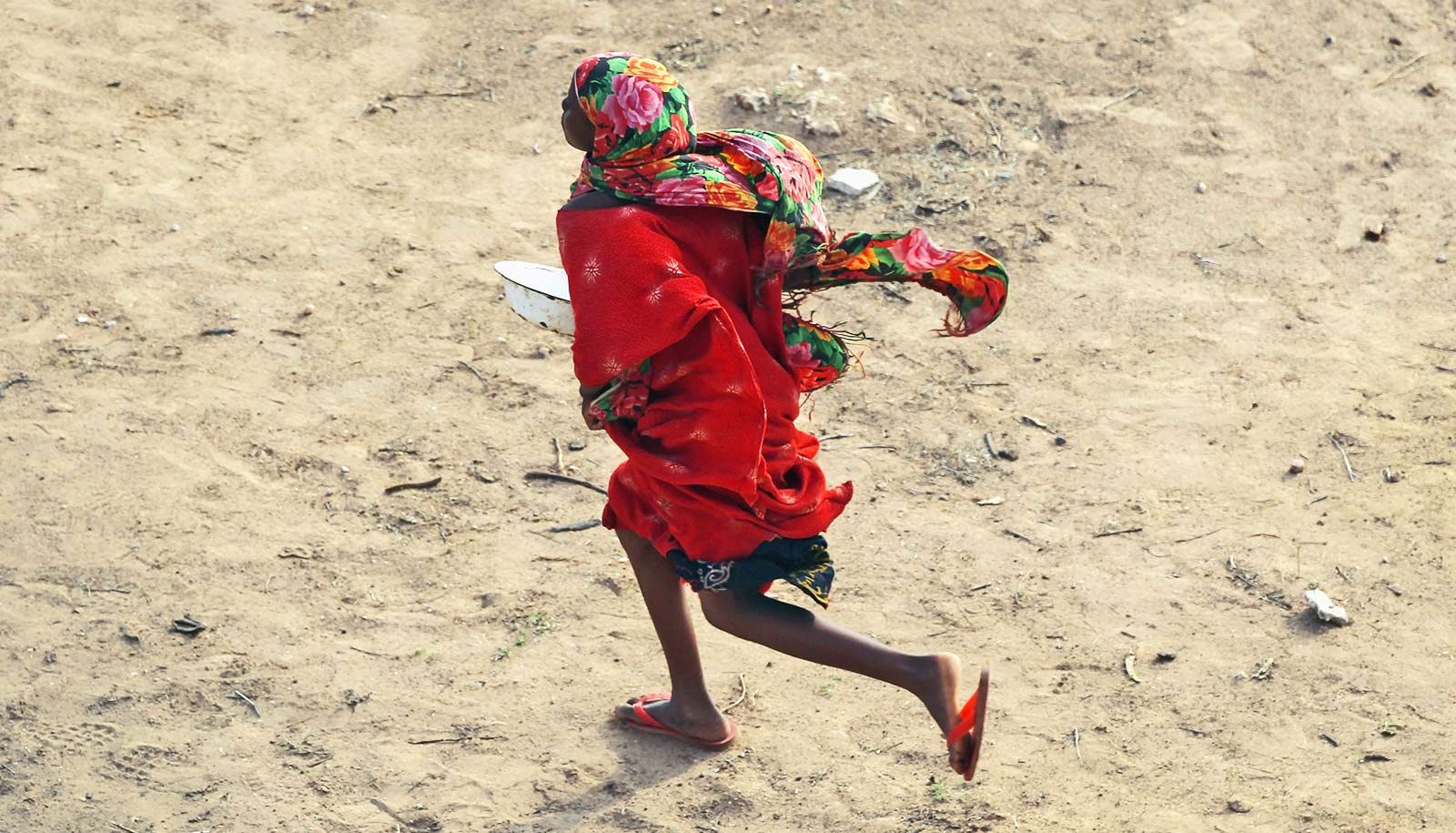COVID-19, combined with the effects of ongoing civil conflicts, hotter and drier weather in many areas, and an unfolding locust invasion in Africa and the Middle East, could cut off access to food for tens of millions of people.
The world is “on the brink of a hunger pandemic,” according to World Food Program executive director David Beasley, who recently warned the United Nations Security Council of the urgent need for action to avert “multiple famines of biblical proportions.”
“Hopefully, the experiences of 2020 will help strengthen support for a society based on facts, science, and compassion.”
Understanding how these conditions—alone or in combination—might affect crop harvests and food supply chains is essential to finding solutions, according to David Lobell, director of the center on food security and the environment at Stanford University.
Below, Lobell discusses the connection between immigration and US food security, a counter-intuitive effect of COVID-19, and more:
How could COVID-19 affect global food security?
I think the biggest effects will probably be related to lost incomes for many low-income people. Even if food prices don’t change, potentially hundreds of millions could be pushed into a much more precarious food situation. I’d be especially worried about remittances—the money immigrants in wealthy nations send home to developing nations—falling, since these are a surprisingly large source of stability for many poor people. Beyond the income effects, there are definitely prospects for reduced supply of foods, but I think these are secondary, especially because global stocks right now are quite large.
Another counter-intuitive effect is that the drop in gasoline demand due to social distancing may be a big driver of changes in food prices. A lot of corn demand is for use in ethanol fuel, and corn prices can affect the prices of many other crops. The price of corn has dropped by about 20% since February.
What are the biggest risks in terms of food supply?
Three things come to mind. First, for crops that require a lot of labor, there are some indications that planting and harvest activities are being affected. Even though these are usually included as essential activities, they often rely on migrant populations that can no longer cross state or national borders. California is going to be a prime case study in this.
Second, some countries, like Russia, have started to restrict food exports in an effort to calm domestic consumers worried about food shortages. Even if there is enough global supply, there is a risk that supply for importing countries could be curtailed. This was a big part of the food price spikes a decade ago. Now, we have the added potential that exports will be limited by a lack of mobility to get products to the port—for instance, there are reports from South America that towns won’t let trucks through for fear of the virus.
Third, COVID-19 could really limit the ability of governments and international groups to address other crises that emerge. Nearly every year there are at least a few surprises around the world affecting food that are usually handled before they make big news. Things like livestock diseases and crop pest outbreaks, for example. But without the ability to deploy people to assess and fix problems, there is more scope for issues to go unchecked. Right now, the biggest example of this is the desert locust outbreak in Eastern Africa.
What current and/or likely future weather conditions might have significant impacts on food production?
As the globe warms, we continue to see more “surprises” in most years in terms of record hot or dry growing seasons. It’s a bit too soon to say if and where those will emerge this year. Since global food stocks are high, we have some ability to cope with a shock, but if governments are already nervous it may take less to induce export bans and all of the negative effects those entail.
Ahead of the summer harvest, what is the prospect for controlling locust swarms in threatened countries, and how might the swarms further complicate the global food security picture?
If not for COVID-19, this would likely be the biggest development related to food this year. My understanding is that they are spreading fast in Africa and the Middle East, and while they haven’t yet had big effects in the main production regions, the next couple of months will be critical. The hope is that the winds change and drive them back toward the desert areas they came from. If not, there are at least 20 million people at risk of major food security impacts in the region.
Could we see locust swarms in the US? What can we do to prevent them?
Locusts can occur anywhere. A few years back there was a major outbreak in Israel. They haven’t been a big issue in the US because control methods are available, such as widespread spraying. But again, in a time of COVID-19, these types of responses are harder.
What does history teach us about the situation we are in with multiple threats to food security, and how to deal with it?
I think it comes down to a combination of investing in science-based solutions to avoid problems to begin with, and then having good social safety nets for when problems arise. At that level, it’s not really any different than dealing with infectious disease. The absence of any problems is our goal. At the same time, that absence always seems to breed complacency and neglect. Hopefully, the experiences of 2020 will help strengthen support for a society based on facts, science, and compassion.
Source: Stanford University



